
If you have been thinking about getting one of the many vintage Maico motorcycles out there, then you realize that there is a great deal of confusion as to what exactly is what. I have prepared this guide to eliminate any confusion and to make things crystal clear.
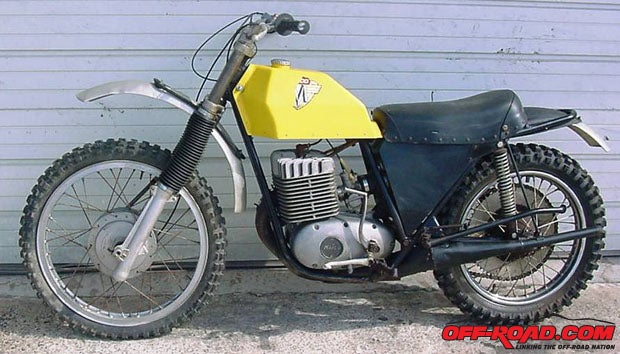
MAICO CODE DEFINITIONS
These are the initial markings that you can find somewhere on the motorcycles, and these markings actually tell you a great deal.
MC … Motocross
GP … Grand Prix (1974.5 year)
NG … New Generation (1975 and 1975 ½)
Magnum … 1978 new motor design … Motocross 1976/77
Magnum E … Enduro model
M1 … 1980 Mega
Mega 2 … Motocross Model
Mega E … Enduro Model
SC … Supercross (1984)
LC … Liquid Cooled
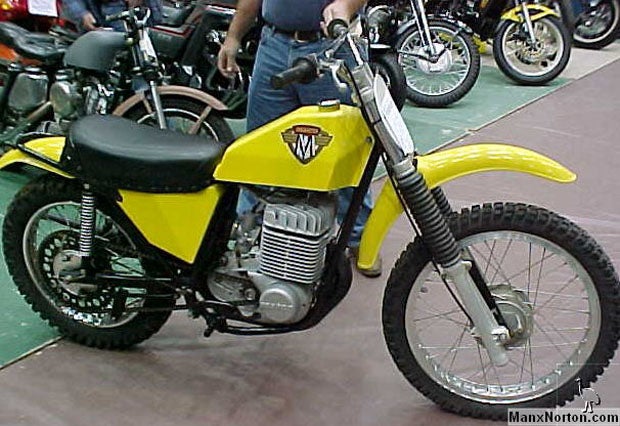
As you can see, these code definitions just give you a general idea of which model it is, and quite naturally, you don’t see any liquid-cooled motorcycles until the Maico became the M-Star. Below are some engine code numbers and these letters usually precede the serial numbers. This tells you a whole lot more about the bike, including information about the actual type of transmission.

ENGINE CODE DEFINITIONS
T … Close ratio transmission (square barrel motor)
S … Wide ratio transmission (square barrel motor)
U … Close ratio transmission (radial motor)
K … Wide ratio transmission (radial motor)
M … Close ratio transmission
R … 400 and 440 close ratio transmission
G … 400 and 440 wide ratio transmission
MT … Counter shaft moves back on motor, close to swingarm pivot (250 MX started in 1978)
RT … Counter shaft moved back on open class motors (400, 440, 490 cc MX)
GT … Counter shaft moved back on Enduro models
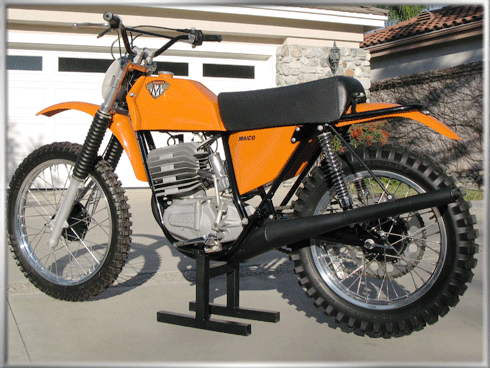
THE HARD NUMBERS
Now, let’s get to the good stuff, such as the actual year, model, chassis and motor numbers.
YEAR MODEL CHASSIS MOTOR
1968 MC 250 380 000 S or T 272 000
1968 MC 360 380 000
1969 MC 250 380 000 S or T 273 000
1969 MC 360 380 000
1970 MC 250 381 000 S or T 274 000
1970 MC 400 381 000 S or T 400 000
1971 MC 250 382 000 S or T 275 000
1971 MC 400 382 000 S or T 402 000
1971 MC501 501 000 S or T 501 000
1972 Sq. Bar. MC 250 387 000 S or T 276 000
1972 Sq. Bar. MC 400 387 000 S or T 403 000
1972 Radial MC 400 387 000 K or U 403 000
1973 MC 250 390 000 K or U 275 000
1973 MC 400 390 000 K or U 405 000
1973 MC 501 501 000 K or U 501 000
1974 MC 250/4 391 000 K or U 278 000
1974 MC 400/4 391 000 K or U 407 000
1974 MC440/4 391 000 K or U 441 000
1974.5 Around serial # 393 500 Became GPs
1974.5 MC 250/4 393 500 K or U 278 000
1974.5 MC 400/4 393 500 K or U 407 000
1974.5 MC 440/4 393 500 K or U 441 000
1975 MC 250/5 321 0000 M 321 0000
1975 MC 400/4 321 0000 U 407 000
1975 MC 440/4 321 0000 U 441 000
1975.5 MC 400/5 323 0000 R 323 0000
1975.5 MC 440/5 324 0000 R 324 0000
1976 MC 250/5 AW 326 0000 M 321 0000
1976 MC 400/5 AW 327 0000 R 323 0000
1976 MC 440/5 AW 328 0000 R 324 0000
1977 MC 250/5 330 0000 M 321 0000
1977 MC 400/5 AW 330 0000 R 323 0000
1977 MC 440/5 AW 330 0000 R324 0000
1978 Ma. MC 250/T 336 0000 MT 336 0000
1978 Mag. MC 400/T T 337 0000 RT 337 0000
1978 Mag. MC/440/T 338 0000 RT 338 0000
1979 Mag. 2 MC 125/T 340 000 340 000/83
1979 M. 2 MC 250/T 341 0000 MT 336 0000
1979 M. 2 MC 400/T 341 0000 RT 337 0000
1979 M. 2 MC 440/T 341 0000 RT 338 0000
1979 Mag. E GS 250 241 0000 GT 236 0000
1979 M.E GS 400 242 0000 GT 237 0000
1979 M.E GS 440 243 0000 GT 238 0000
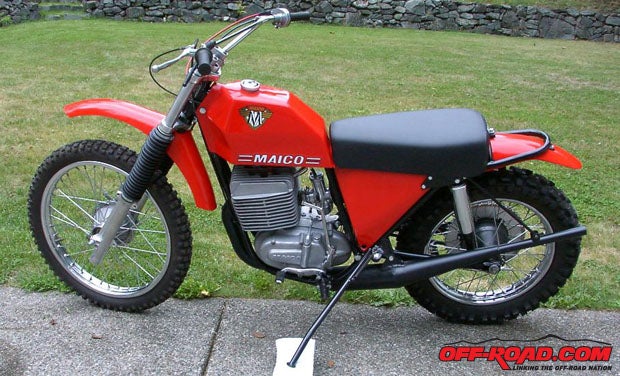
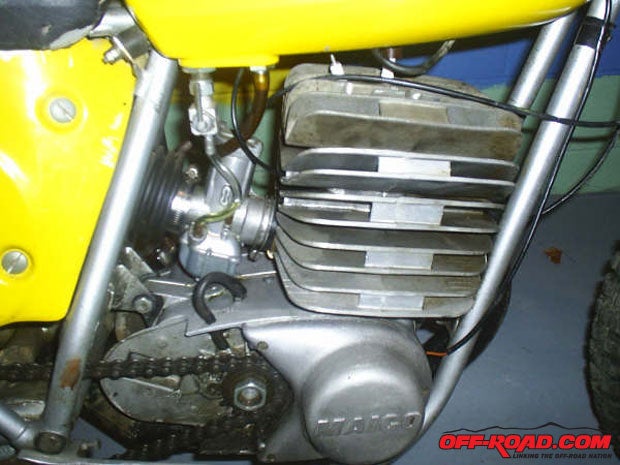
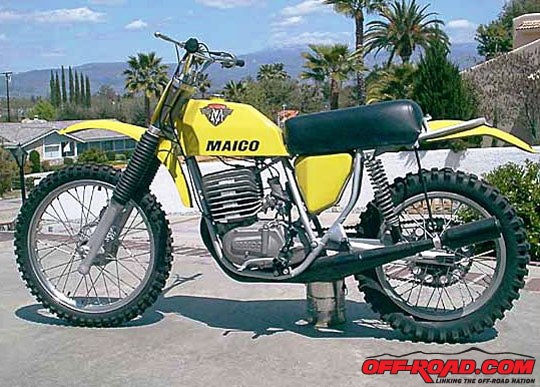
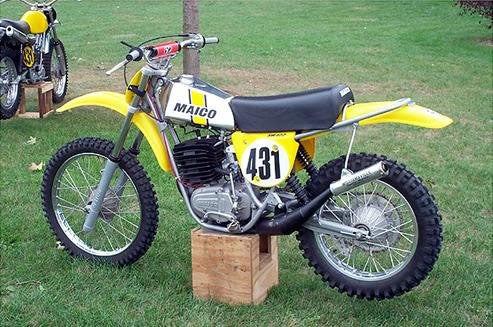
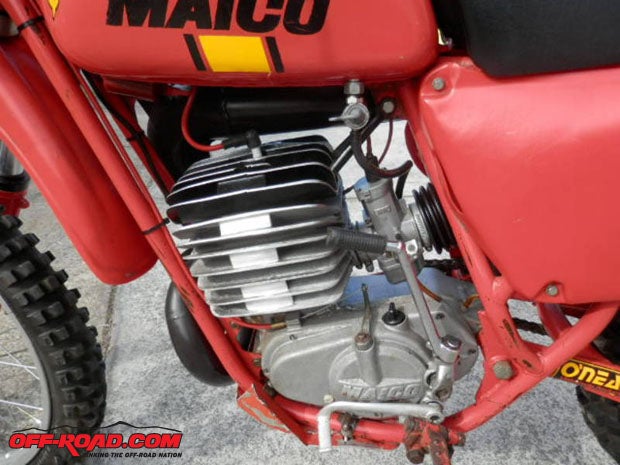




 Your Privacy Choices
Your Privacy Choices